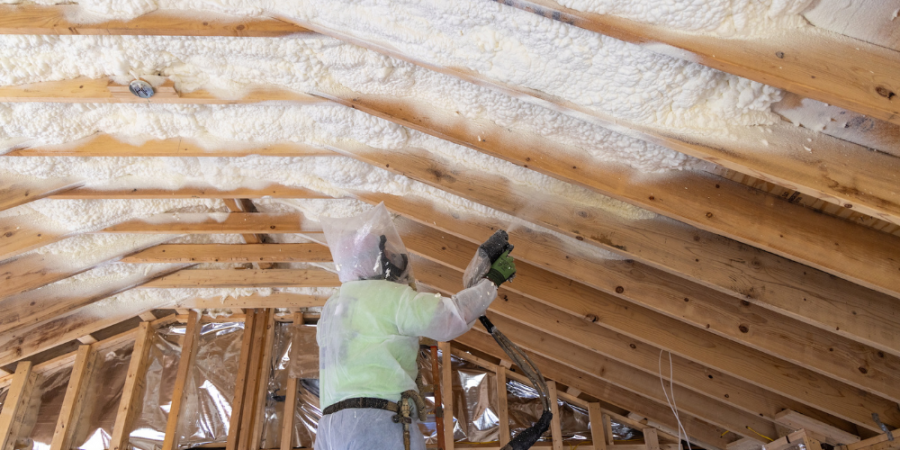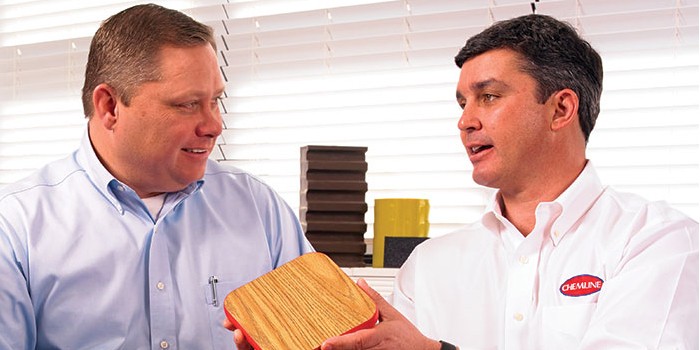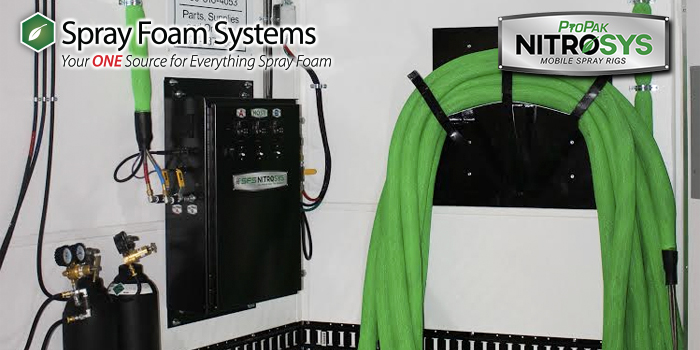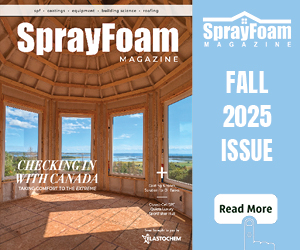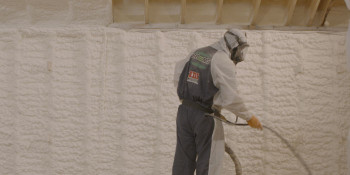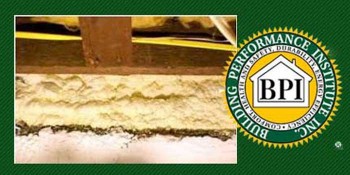Bob Vila’s Fall Tip: Seal These Areas with Spray Foam to Keep Critters Out
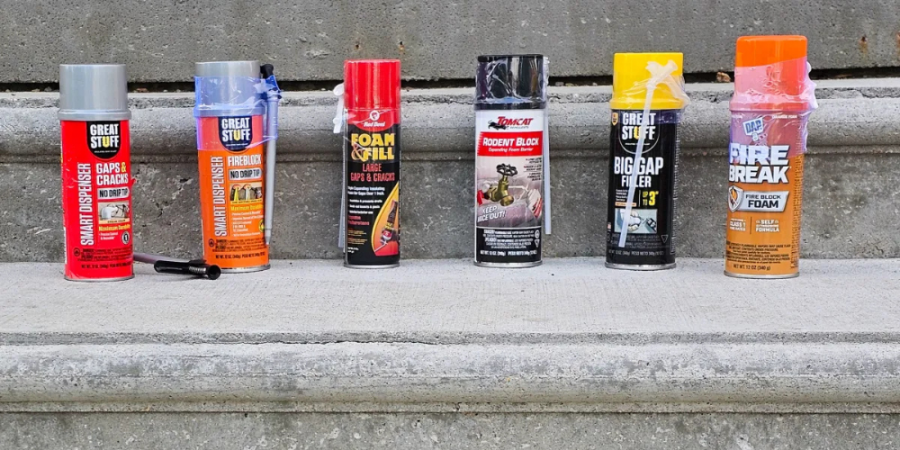
Bob Vila – October 7, 2025 – Contrary to popular belief, insects and rodents do not disappear or die off during the colder months. When temperatures drop, they have to make an important choice for their survival, which might include heading inside your home to find food and shelter. “Just because we don’t see as many pests out and about in the fall and winter doesn’t mean they’ve gone away. Often, these critters are harboring in our homes,” says Emma Grace Crumbley, entomologist at Mosquito Squad Plus. “Most seasonal invaders—including spiders, boxelder bugs, cockroaches, silverfish, and many others—only need the smallest of openings to get inside your home.”
These uninvited guests can wreak havoc when they make their way indoors, so it’s important to take preventive measures to deter them. Here we review the common entry points for fall pests around the house and how to seal them properly.
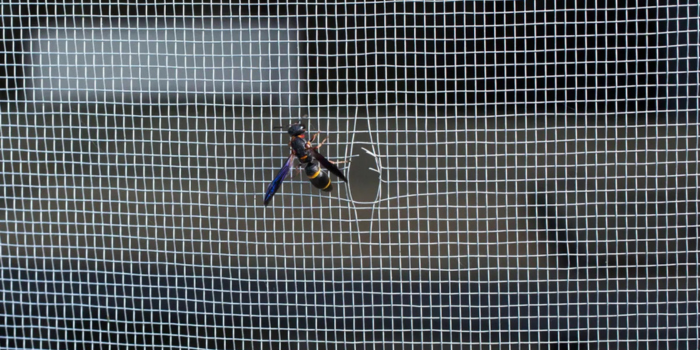
Common Pest Entry Points
According to several experts, these are the key spots in your home; pay attention to them when trying to keep pests out.
Doorways
Gaps under doors are a prime spot for insects and small rodents to sneak inside. Make sure the space under exterior doors is no more than a quarter inch. If you have screen doors, check that they are as flush against the doorframe as possible, says Brett Bennett, director of operations at PURCOR Pest Solutions. Add weatherstripping, such as Weatherstripping Door Seal Strip by Ravinte, around doors for a tight seal and inspect it once a year before the cold weather arrives.
Windows
Look for gaps around windows or tears in screens. “In months where you might keep your windows open more often, gaps or holes in window screens are definitely big culprits for allowing bugs inside,” says Bennett. He recommends patching torn window screens and sealing any gaps or cracks around windows with weatherstripping, expanding foam, or caulk, such as Gorilla Waterproof Caulk & Seal Silicone Sealant.
Foundation
Cracks and small gaps in the foundation as a result of the house settling over time are another way for pests such as ants, termites, spiders, and cockroaches, to get in. “I’ve also seen rodents coming inside through holes they’ve chewed around your foundation, and this is especially a problem with homes that have a lot of vegetation or landscaping backed up right against the house,” says Bennett.
About twice a year, examine where the siding meets the foundation and corners and areas where different materials meet. The best remedy is to seal cracks with concrete or silicone-based products such as Armor SX5000 WB Penetrating Water-Based Concrete Sealer.
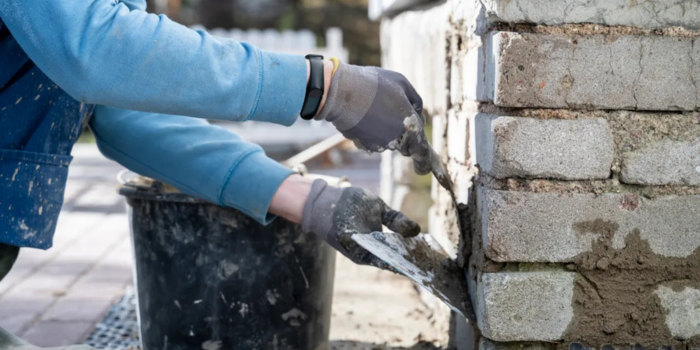
Roof
Roof-level entry is also common, says Ian Williams, entomologist at Orkin. “This includes via soffits, ridge vents, roof damage, or rodents climbing from trees,” notes Williams. Besides keeping tree branches at least 6 feet away from the roofline, you’ll also want to seal up these entry points.
Pests like rodents and mosquitoes thrive in the leafy buildup and standing water that collect in uncovered gutters, leading to these critters making their way indoors, says Cullen Rodgers, product innovation manager at Gutterglove. “As cooler weather sets in, animals start looking for warm, sheltered spots to nest—and for many homeowners, that means their gutters.”
Rodgers recommends gutter protection such as the Raptor Gutter Guard. “Gutter guards block debris (no nesting material), prevent water buildup (no insects), and create a barrier too tough for squirrels or raccoons to chew through. For homeowners, it’s a smart way to keep gutters clear and critters out—before fall turns into full-on pest season.”
Walls
Look out for small fissures in your home’s walls that insects like termites and ants can sneak in through. Seal these cracks with caulking or expandable foam, such as Loctite Tite Foam Gaps & Cracks Spray Foam Sealant.
Vents and Ducts
Critters can also enter through exhaust fan openings, HVAC and dryer vents, and ductwork. “I tend to see rodents gaining access to homes through dryer vents. I always recommend sealing any gaps or cracks around your home, such as around vents, with caulk or expanding foam,” says Bennett. Other solutions include using mesh screens to cover vent openings (like Valchoose 4PACK Stainless Steel Woven Wire Mesh); installing protective grates; and covering large gaps with hardware cloth, metal sheeting, or cement repairs.
Electrical, Plumbing, Cable, and Gas Lines
All the utility lines entering your home can end up being pathways for pests like termites, ants, crickets, beetles, and rodents. Check for spots where pests are coming in under sinks, behind washing machines and dryers, and in your basement and crawl space. Fill gaps around pipes with caulk or steel wool such as Steel Wool Mice Control by Alabrocon. Seal the small gaps where utility lines enter your house with expanding foam and sealants.
Basement and Crawl Space
Bennett also sees rodents gaining access to homes through crawl spaces. Check that basement windows are properly sealed. To add an extra layer of protection against pests, install weatherproof seals, screens, or both to the windows and vents.
Attic
The attic is another common place for rodents and larger pests to enter a home. Make sure to close attic hatches tightly. Bennett recommends sealing any gaps or cracks in your attic with exterior caulk or expanding foam. You can also cover attic vents with vent covers.
Garage Doors
Pests can also make their way into your home via garage doors. Over time, the rubber seal around the doors can wear down, making it easier for mice and other pests to enter. Address this situation by installing door sweeps or a threshold seal under garage doors, such as the Jin&Bao Universal Garage Door Threshold Seal—the runner up pick in our tested buyer’s guide.
Chimney and Fireplace
Wasps, rodents, and larger pests often seek shelter in chimneys and can make their way down to your fireplace. Install a chimney cap or screen like the Shelter Single Flue Bolt-On Chimney Cap by HY-C, to deter pests from getting in while still allowing smoke to get out.
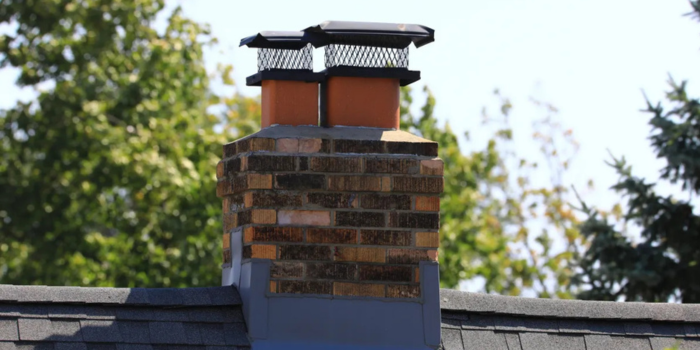
Checking for Pest Entry Points
Now that you know where fall pests tend to sneak in, you’ll want to check these unwanted entry points routinely. Crumbley recommends reviewing these areas at the start of every season to be proactive with your preventive pest management efforts.
“When checking your home, start by inspecting around doors and windows and addressing any cracks or gaps you find,” says Crumbley. Then inspect the outside of the home. “Check vents, plumbing penetrations, gutters, and garages for any areas that can let pests inside.”
Finally, head to the bottom-most and top-most parts of your home. “Look in your crawl space or basement for cracks in the foundation and/or gaps in building materials like bricks or concrete blocks and examine the upper levels of the home, such as the attic, upstairs storage, or top floor, to identify any cracks that let in light or unwanted holes that could allow pests to enter,” says Crumbley.
Best Ways to Seal Entry Points
There are several ways to seal entry points, depending on the type of entry point and the size of the gap. For insects like boxelder bugs, using caulking or weatherstripping to seal holes and gaps will work well to keep them out. “Rodents are good at chewing through soft sealing materials and making smaller gaps bigger, so harder, sharper materials like copper mesh or metal fill fabric will work better at keeping them out and discouraging them from gnawing near entry points around the home,” adds Crumbley.
In addition to use of weather-resistant sealant or caulk to fill cracks, gaps, and crevices, Williams recommends the following solutions to keep pests out:
- Install or repair door sweeps under exterior doors to help block gaps at the bottom.
- Replace or repair torn or missing window and door screens.
- Ensure that vent covers are intact and secure.
- Use durable barrier materials (e.g. metal, flashing) in spots vulnerable to gnawing.
If you are still not sure how to seal up your home, contact a professional pest control provider. “These experts know where to search for weak spots and how to help seal them securely,” explains Williams. “Most providers, like Orkin, will conduct a full inspection of the property to identify vulnerabilities and then offer comprehensive solutions for a variety of pest challenges.” If you are still not sure how to seal up your home, contact a professional pest control provider. “These experts know where to search for weak spots and how to help seal them securely,” explains Williams. “Most providers, like Orkin, will conduct a full inspection of the property to identify vulnerabilities and then offer comprehensive solutions for a variety of pest challenges.”
Published by Spray Foam Magazine
SprayFoam / Spray Foam Insulation
Disqus website name not provided.







